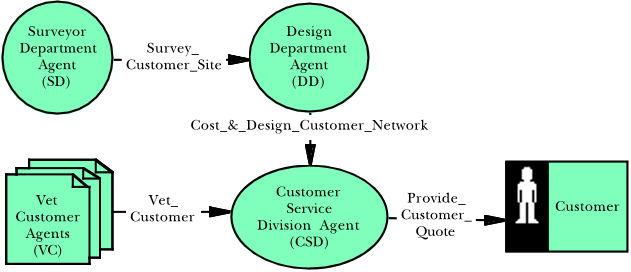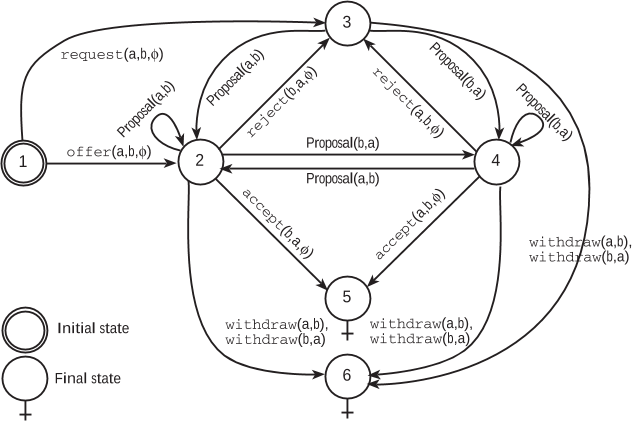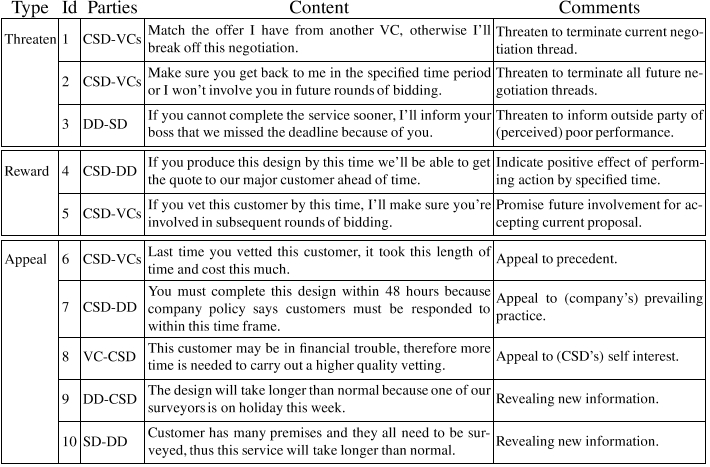




Did you find this useful? Give us your feedback









6 citations
6 citations
..., 2003; Black and Atkinson, 2011), argument evaluation (Sierra et al., 1998; Parsons et al., 1998), and conflict resolution (Jung et al....
[...]
6 citations
6 citations
...Negotiation [16] and argumentation [21], for instance, are two examples of interactions that are essentially and intrinsically performed among individuals....
[...]
6 citations
4,386 citations
...For the purpose of this paper we follow Dung [3] in assuming that it is a primitive notion, because our focus is on how to resolve the effect of an attack no matter how it is defined....
[...]
...Fundamental to this view of decision making is the idea that one argument may attack another [3]....
[...]
3,050 citations
...3 In keeping with the spirit of specifying a framework which is neutral with respect to the agent architecture, we do not commit to any specific formal language but note that could be as simple as a propositional language or as elaborate as a multi-modal BDI logic [10,14]....
[...]
[...]
781 citations
...If some additional criteria must be applied to decide which to keep, for instance epistemic entrenchment [4]....
[...]
681 citations
...These proposals can then either be accepted or rejected as is the case in the contract net protocol [16], for instance....
[...]
Further work is required to tie these preferences to notions of rationality, in particular to standard ideas of expected utility. This may be inadequate for some domains, in which case it will be necessary for agents to be able to discuss what rules of inference are appropriate.